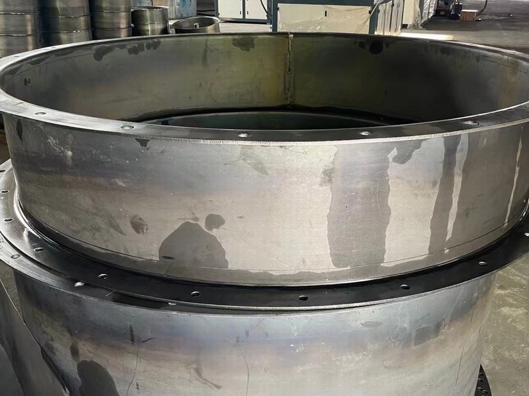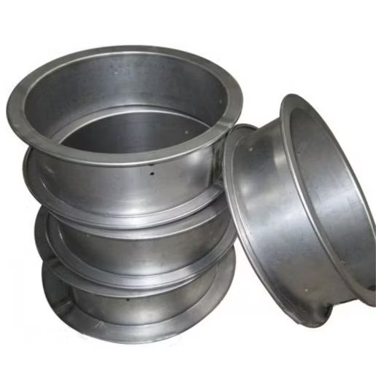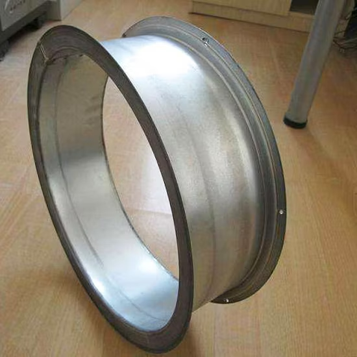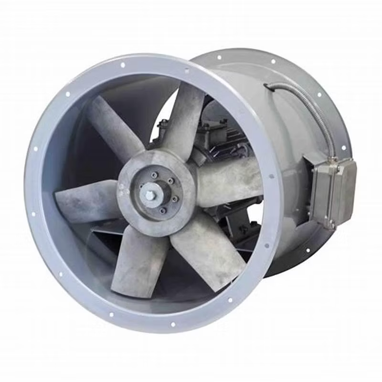Automotive

The automobile industry is undergoing a dramatic transformation as it adapts to shifting consumer preferences and technological advancements. With the rise of electric vehicles, connected car technology, and autonomous driving systems, traditional automakers are rethinking their strategies to stay competitive.
Startups and tech giants are entering the market, pushing established brands to innovate faster. By embracing digitalization, enhancing vehicle efficiency, and offering personalized experiences, automobile companies are redefining mobility to meet the demands of a tech-savvy and environmentally conscious audience.

Medical

Automobiles are playing a transformative role in the medical field, bridging gaps in healthcare delivery. From advanced ambulances equipped with state-of-the-art medical devices to autonomous vehicles designed for patient transport, the integration of automotive technology into medicine is saving lives.
Features like real-time health monitoring, in-car telemedicine services, and air purification systems enhance patient care during transit. As automobile and healthcare industries collaborate, they are paving the way for a future where mobility and medicine work hand in hand to create faster, safer, and more efficient healthcare solutions.
.





Elevators

Automobile elevators are revolutionizing how vehicles are stored and accessed in urban spaces. Designed to optimize land usage in densely populated cities, these elevators transport cars vertically, making multi-level parking structures more efficient and space-saving. Advanced systems incorporate automated vehicle placement and retrieval, reducing human effort and minimizing time spent searching for parking.
Beyond parking, automobile elevators are also being used in luxury residences and commercial complexes to provide personalized car access directly to specific floors. This innovative solution is a testament to how technology is reshaping urban mobility and infrastructure to meet modern challenges.
.




Railways

The integration of automobiles and railways is opening new frontiers in transportation efficiency and sustainability. Automobile rail transport, where vehicles are carried by trains over long distances, reduces road congestion and minimizes environmental impact by lowering fuel consumption and emissions. Companies are leveraging this synergy to optimize logistics, ensuring faster and safer delivery of cars to markets worldwide.




Banking sectors

The banking sector is the backbone of economic growth, facilitating financial transactions, savings, and investments. It provides essential services like loans, credit, and fund management to individuals and businesses, driving development and innovation.
With advancements in digital banking, services are becoming more accessible, secure, and efficient, transforming the way people interact with financial institutions. By fostering trust and stability, the banking sector continues to play a vital role in shaping the global economy.






Home applications

Home applications are transforming how we interact with our living spaces, making daily life more convenient, efficient, and secure. From smart thermostats that optimize energy usage to voice-controlled assistants managing tasks, technology is seamlessly integrating into homes. Devices like automated lighting, smart refrigerators, and connected security systems are creating a personalized and interconnected environment.
These innovations not only enhance comfort but also promote sustainability by reducing energy consumption and waste. As home applications continue to evolve, they are redefining modern living and bringing the future of smart homes to reality.
Insdustrial

The automobile industry is a cornerstone of global manufacturing, driving innovation and economic growth. It encompasses the design, production, and distribution of vehicles, employing cutting-edge technologies like automation, robotics, and AI.
As the sector evolves, it focuses on sustainable practices, such as electric vehicles and eco-friendly manufacturing processes, to meet environmental challenges. This dynamic industry continues to shape transportation and modern life, connecting people and businesses worldwide.



General engineering

The field of automobile general engineering combines principles of mechanical, electrical, and materials engineering to design, develop, and manufacture vehicles. It encompasses areas such as engine design, chassis development, aerodynamics, and safety systems.
Engineers work on improving vehicle performance, fuel efficiency, and sustainability, integrating advanced technologies like electric powertrains and autonomous systems. This multidisciplinary approach ensures that modern automobiles are innovative, reliable, and meet the diverse needs of consumers and industries globally.
Industrial Fan Applications
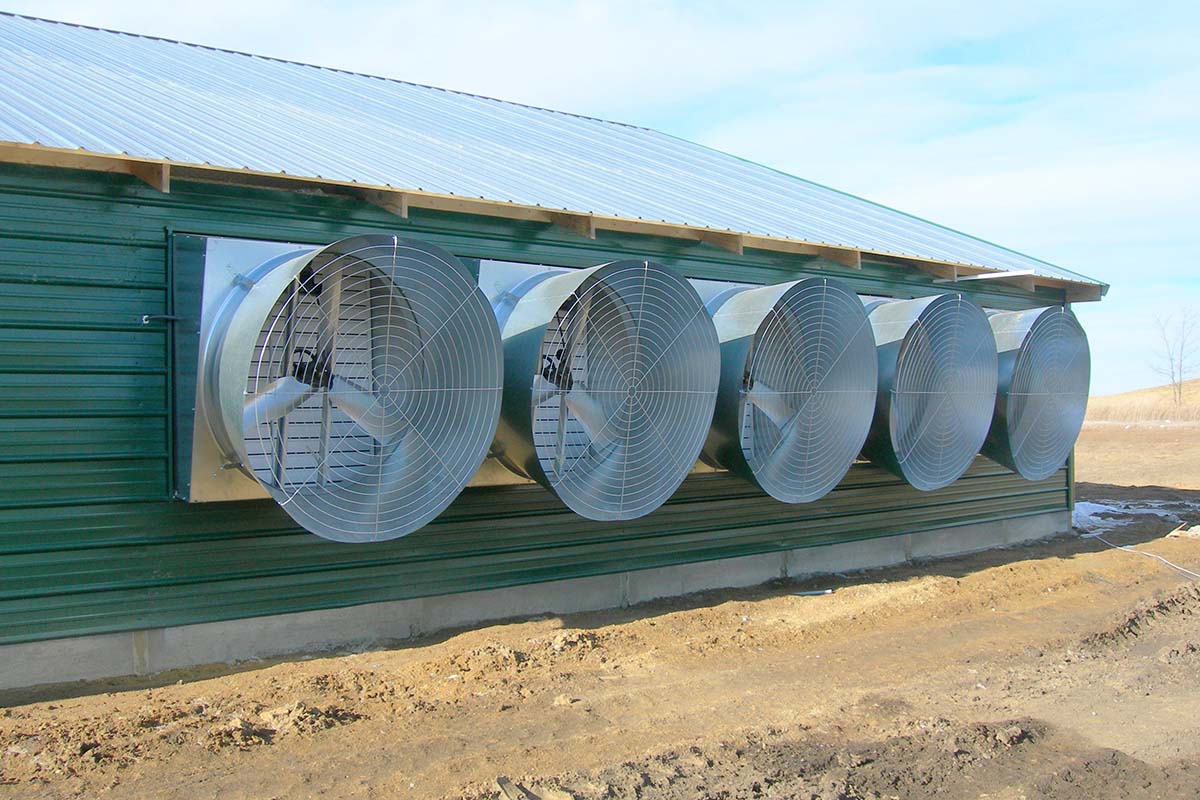
Industrial fans and blowers are machines whose primary function is to provide and accommodate a large flow of air or gas to various parts of a building or other structures. This is achieved by rotating a number of blades, connected to a hub and shaft, and driven by a motor or turbine. The flow rates of these mechanical fans range from approximately 200 cubic feet (5.7 m3) to 2,000,000 cubic feet (57,000 m3) per minute. A blower is another name for a fan that operates where the resistance to the flow is primarily on the downstream side of the fan.
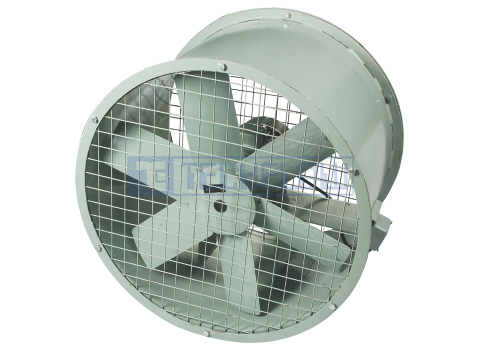
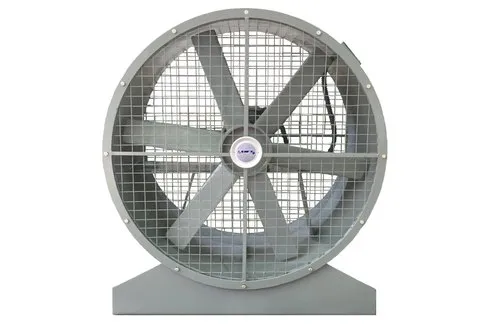
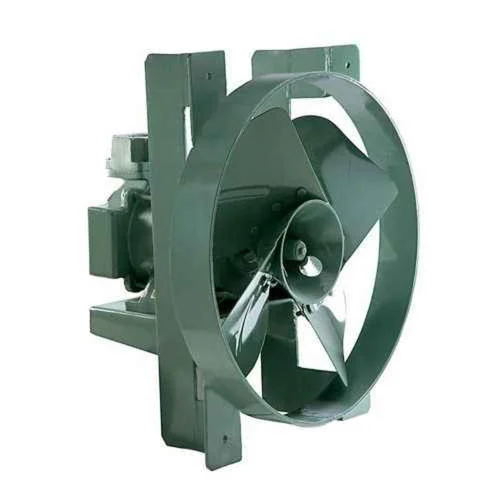
Aerial Platform Equipment's
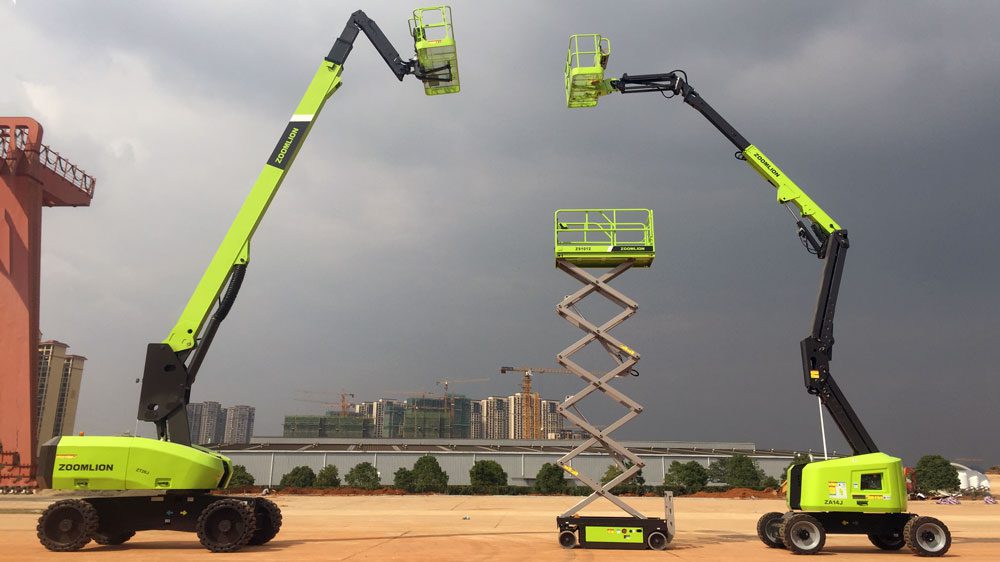
An aerial work platform (AWP), also an aerial device, aerial lift, boom lift, bucket truck, cherry picker, elevating work platform (EWP), mobile elevating work platform (MEWP), or scissor lift, is a mechanical device used to provide temporary access for people or equipment to inaccessible areas, usually at height. There are various distinct types of mechanized access platforms.
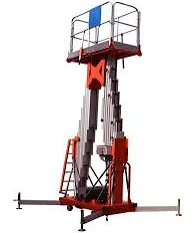
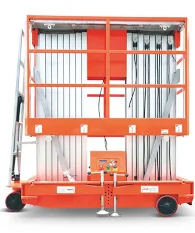
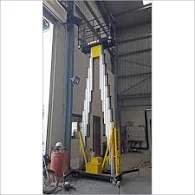
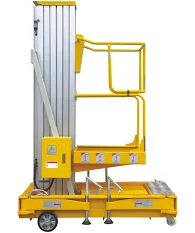
Sheet metal products
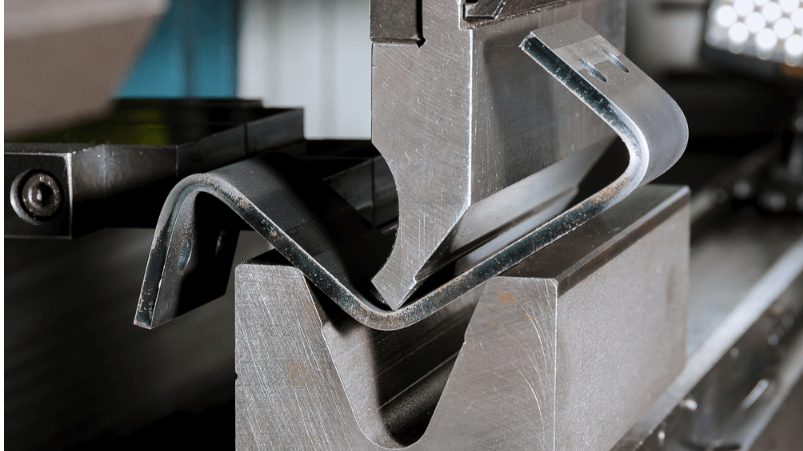
In most of the world, sheet metal thickness is consistently specified in millimeters. In the U.S., the thickness of sheet metal is commonly specified by a traditional, non-linear measure known as its gauge. The larger the gauge number, the thinner the metal. Commonly used steel sheet metal ranges from 30 gauge to about 7 gauge. Gauge differs between ferrous (iron-based) metals and nonferrous metals such as aluminum or copper. Copper thickness, for example, is measured in ounces, representing the weight of copper contained in an area of one square foot. Parts manufactured from sheet metal must maintain a uniform thickness for ideal results
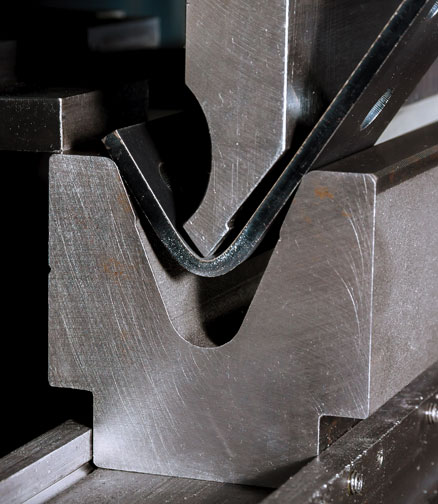
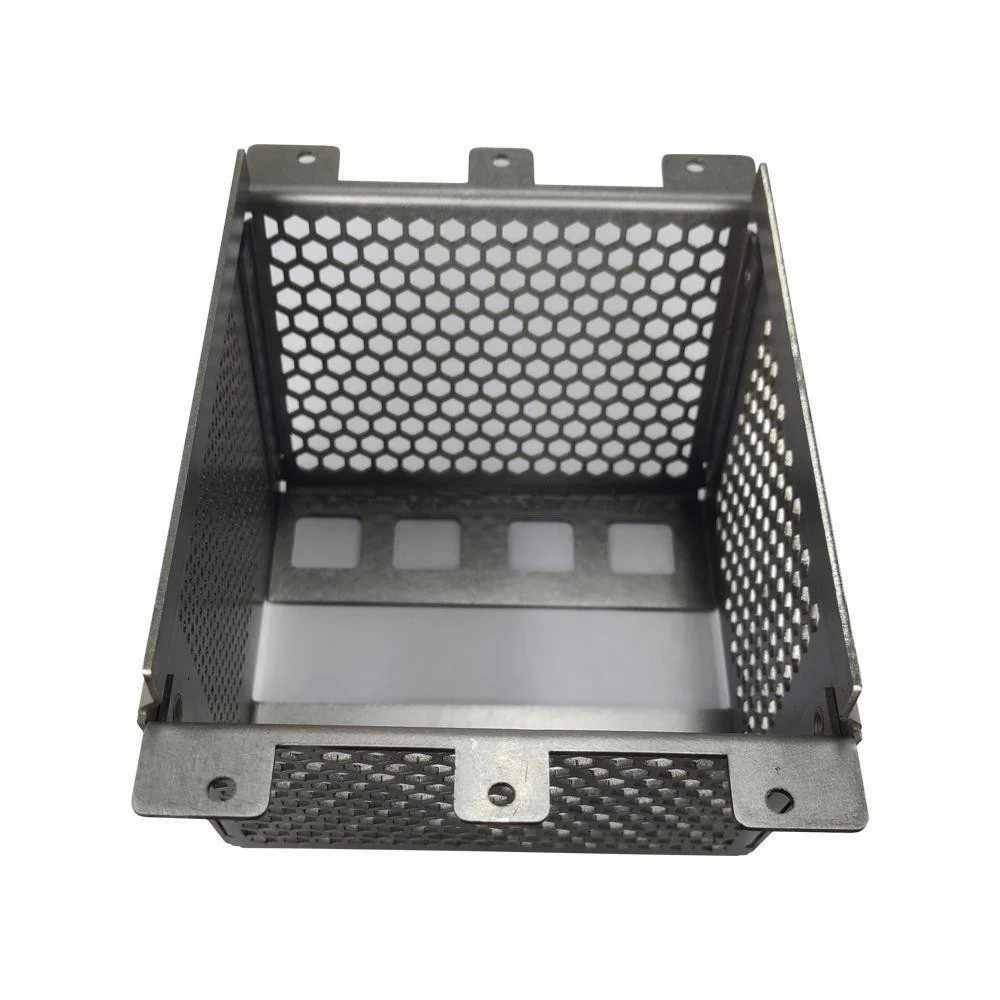
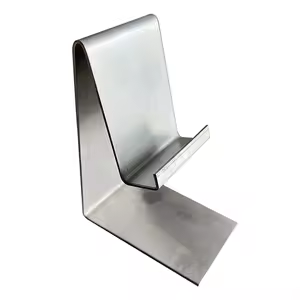
Windmill

Windmill components are manufactured using a variety of materials, including steel, fiberglass, aluminum, and composite materials. The manufacturing process requires precision and attention to detail.
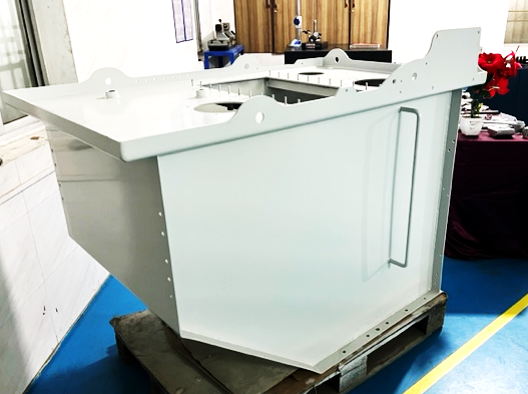
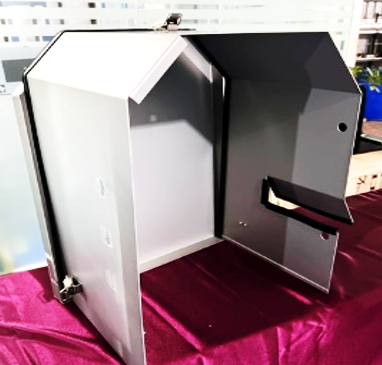
Chiller Application
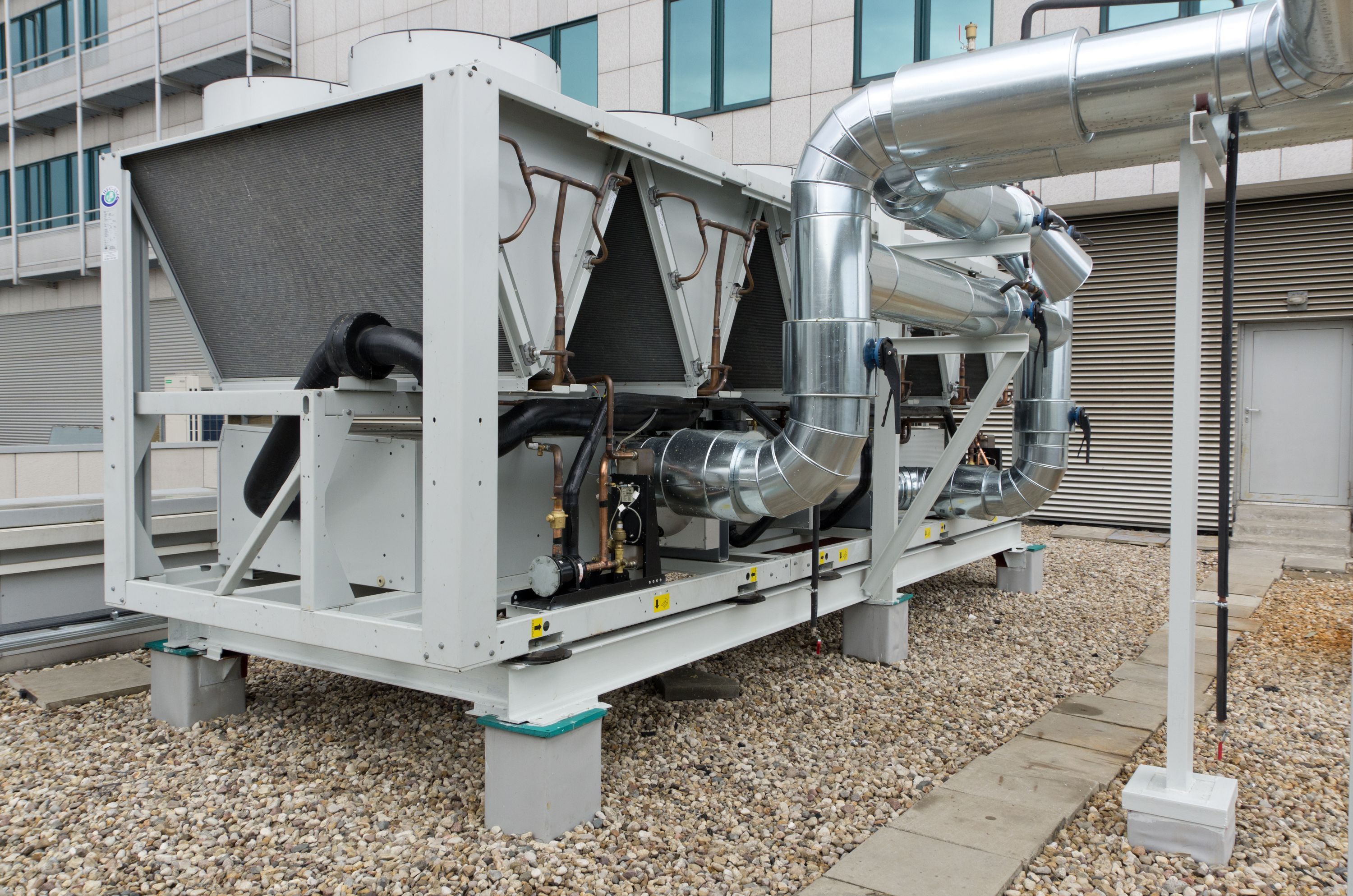
A chiller application generally refers to the use of a chiller system in various industries to maintain or lower the temperature of a specific environment or equipment. Chillers are commonly used in situations where cooling is required to preserve products, processes, or machinery. Here are some common applications of chillers:
